Why I love Dark Souls - and my favourite dark fantasy settings
 |
| Image by FromSoftware |
[11 min read]
So here we are: dark fantasy. I’ve always been drawn to worlds where the outlook is grim, the odds overwhelming, and the monsters supernatural.
Nowhere captures that better for me than the Dark Souls video game series. It takes the building blocks of high fantasy—knights, kingdoms, magic—and refracts them through ruin, decay, and dread. Hope is faint, victories are fleeting, and that tension between mythic grandeur and horror is what makes it dark fantasy.
From the same creator came Bloodborne. At first it’s pure Gothic—Yharnam’s plague-ridden streets, spires and cathedrals, torchlit mobs, and themes of sin and forbidden knowledge that echo Mary Shelley. But as the hunt deepens, the game shifts into full-blown Lovecraftian horror, where the true monsters are alien gods beyond human comprehension.
Even vampires have had their hold on me. As a kid they gave me nightmares, but Bram Stoker’s Dracula and D&D’s legendary Curse of Strahd taught me to appreciate their power.. and appetites. The setting of Ravenloft goes far beyond the titular vampire alone, with dozens of Domains of Dread, each ruled by a Darklord and steeped in its own flavour of dark fantasy.
So grab a torch and come with me—through sorrowful, desolate lands where every step is a fight for survival, and every fleeting triumph has meaning.
Dark Souls
Prepare to Die
That infamous tagline defined Dark Souls when it launched in 2011 as the spiritual successor to Demon’s Souls. The marketing leaned hard into the series’ brutal difficulty — but challenge is only part of what makes these games endure.
Across its trilogy (and now spiritual heir Elden Ring), Dark Souls established the “Souls-like” subgenre: action RPGs built around punishing but fair combat, intricate world design, and lore buried in fragments for players to piece together. The first game unfolds in Lordran, a decaying kingdom of dragons, demons, cursed knights, and a hollowed populace.
Threaded through it all is a cyclical narrative of fire and dark, of empires rising and collapsing in endless repetition. Each death is part of that cycle — not failure, but discovery. Players return, again and again, until knowledge, skill, and persistence finally break through.
That loop — of death, rebirth, and eventual triumph — is what makes Dark Souls more than just a hard game. It’s an experience that feels mythic.
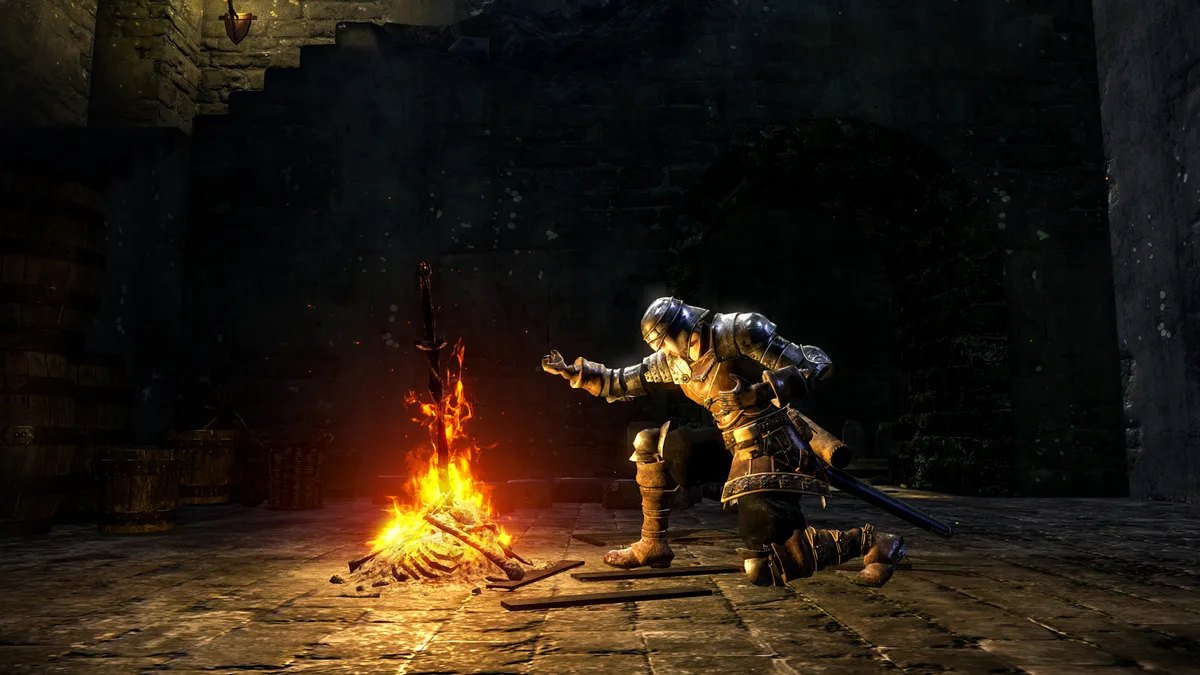 |
| Bonfires are thematic and gameplay vehicles that always inspire relief upon discovery... Image by FromSoftware |
Why I love Dark Souls
Oh Dark Souls, why do I love thee? Let me count the ways... Here is an unpublished blog entry of mine from 2022 that explains what captivates me:
Going back to work after holidays while juggling a toddler and a newborn doesn’t leave much time for writing about RPGs. But you know what you can do late at night with a baby asleep in your arms? Play a video game—albeit with less dexterity.
After restarting D&D six months earlier, I’d been in a video gaming lull. Nothing grabbed me the way tabletop did, and with limited time, my backlog felt more like a burden. Then I picked up Dark Souls 3 again. I had beaten it years ago, but only by brute-forcing with guides and summons—I never truly “got it.”
I bounced off Bloodborne too, frustrated by its punishing loop of deaths and respawns. At the time it felt like the game wasn’t respecting my energy. But when I came back a year later, something clicked. I realised each death wasn’t wasted—it was knowledge gained. Shortcuts discovered, move-sets learned, and that rare rush when you finally topple a boss on your own.
From there I was hooked: Dark Souls, Dark Souls 2 and its DLC, Sekiro, a replay of DS3, and eventually the Platinum trophies for both Dark Souls and Elden Ring. With little time for new learning curves, replays became a kind of comfort food—the right balance of challenge and familiarity.
And yes, playing while holding a baby is tough! But the repetition builds muscle memory, and sometimes I slip into a zen-like state that helps me unwind—until the baby wakes up. (There’s no pause button in Dark Souls.)
If you’ve tried and failed before, I recommend starting again with a different mindset: every new corner, enemy, or shortcut is a victory. And when the final boss falls, the satisfaction is unlike anything else.
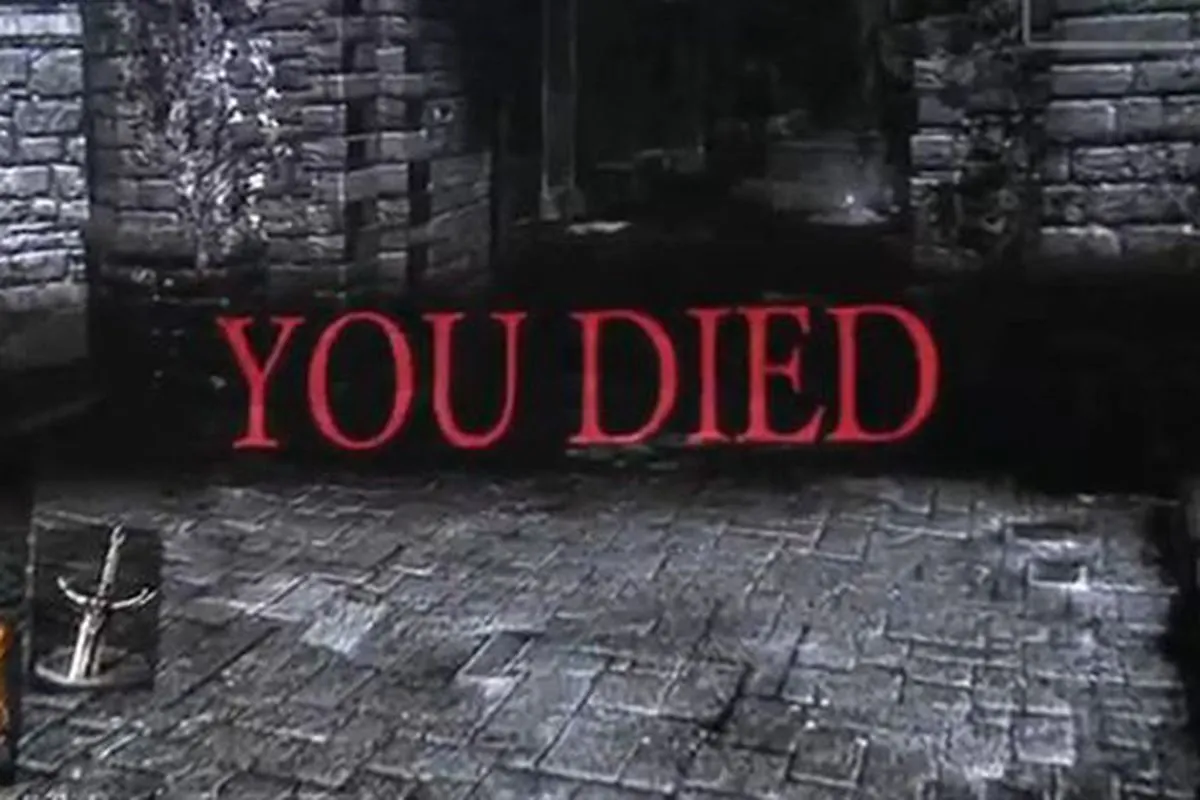 |
| ...but until that happens, you'll see this splash screen over, and over, and over again Image by FromSoftware |
How to jump in
Video games
Start with Dark Souls (the original) to see if the core loop clicks with you. If it does, work through the trilogy, try the Demon’s Souls remake on PlayStation 5, and then finish with the masterpiece that is Elden Ring. A small warning: if you begin with the newer games, their modern polish and quality-of-life features might make it hard to go back.
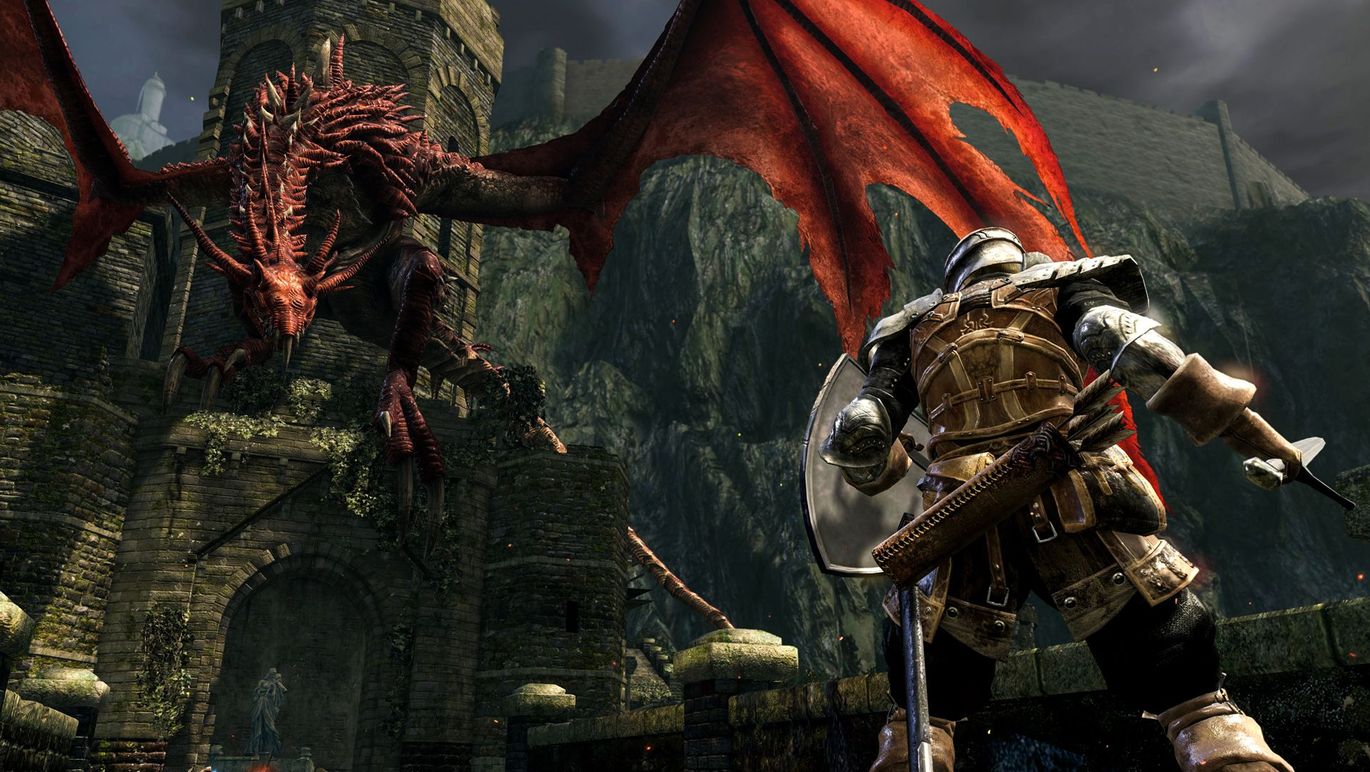 |
| The hellkite drake shows up early to prevent you heading deeper into the undead parish Image by FromSoftware |
Board games
Both Dark Souls and Elden Ring have board game adaptations from Steamforged Games, each supported with expansions. I haven’t tried the Elden Ring one yet, but I’ve really enjoyed Dark Souls as a solo experience—it captures that tense, methodical feeling of the video game without the screen.
Role-playing games
There’s also a Dark Souls Roleplaying Game, again from Steamforged. It adapts Fifth Edition’s familiar d20 mechanics but re-flavors them heavily with Souls-style grit. Beyond admiring the art lifted from the games, I haven’t played it yet. The launch drew criticism for rushed editing, though Steamforged later reprinted and corrected the books. For me, the open question is whether a heroic fantasy system can truly capture the lonely, punishing essence of Dark Souls.
Want to nerd out more?
I adore Dark Souls lore—though to be honest, only once someone else has pieced it together for me. I don’t have the patience to parse every cryptic item description, but thankfully the community does that heavy lifting:
- Videos: Lore deep-dives on YouTube from VaatiVidya and Geoff “SmoughTown” Truscott.
- Podcasts: Bonfireside Chat from Duckfeed.tv, perfect to listen to after finishing each area.
- Books: You Died by Jason Killingsworth and Keza MacDonald, capturing the community’s agony and triumph. Abyssal Archive from Lokey, if you want to sink fully into the mythology. These are all available in gorgeous collector's books from Tune & Fairweather.
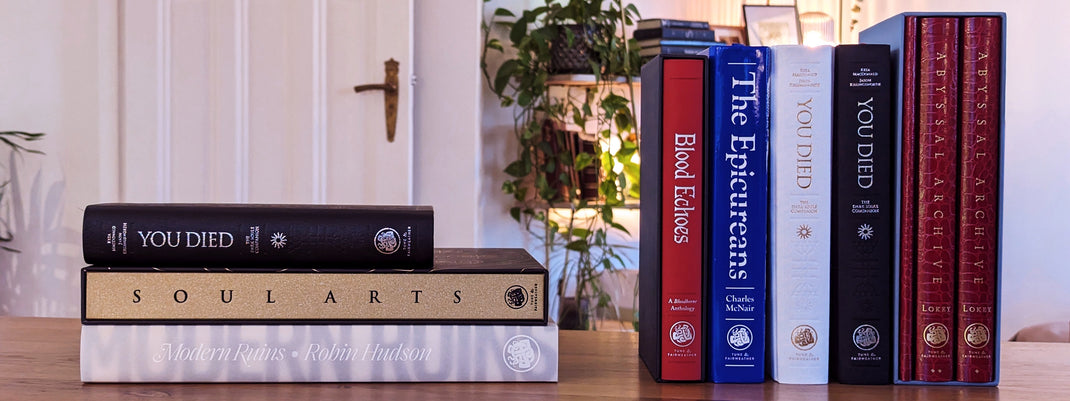 |
| Many of these stunning tomes grace my bookshelves Image by Tune & Fairweather |
Bloodborne
Want your horror more... cosmic?
Bloodborne arrived in 2015, exclusive to PlayStation 4. This time you’re the Hunter, stalking the plague-ridden, Victorian-inspired city of Yharnam. Its streets crawl with torch-wielding mobs and grotesque beasts, all twisted by a mysterious blood-borne disease.
 |
| Armed and ready - the lone hunter stalks the streets of Yarnham in search of prey Image by FromSoftware |
Why I love it
The Victorian setting—with its blood-soaked medicine and echoes of Frankenstein—gives Bloodborne a sharper horror edge than Dark Souls. And the deeper you go, the stranger it gets: blood-starved beasts give way to inscrutable, alien gods. It’s a brilliant subversion of expectations.
Combat pushes you forward too. Shields are gone, replaced by quickstep dodges and a blunderbuss to stagger enemies. Take a hit, and you’ve got a fleeting chance to claw your health back by landing blows—aggression becomes survival. It’s faster, more dynamic, and utterly thrilling. It'll definitely make you rethink your tried and true shield up, creep forward, approach that works in the Souls trilogy.
All of this makes Bloodborne distinct enough to stand proudly alongside Dark Souls in my favourites.
 |
| This nightmare's name is Amygdala, invoking more cerebral terror than the earlier beasts Image by FromSoftware |
Ready to hunt?
Video games
Start with the original, and grab The Old Hunters expansion—it’s essential. Just be warned: Yharnam’s opening hours are notoriously brutal, and the game hasn’t been well optimised. Persevere, or sprint past the mobs until you find your rhythm.
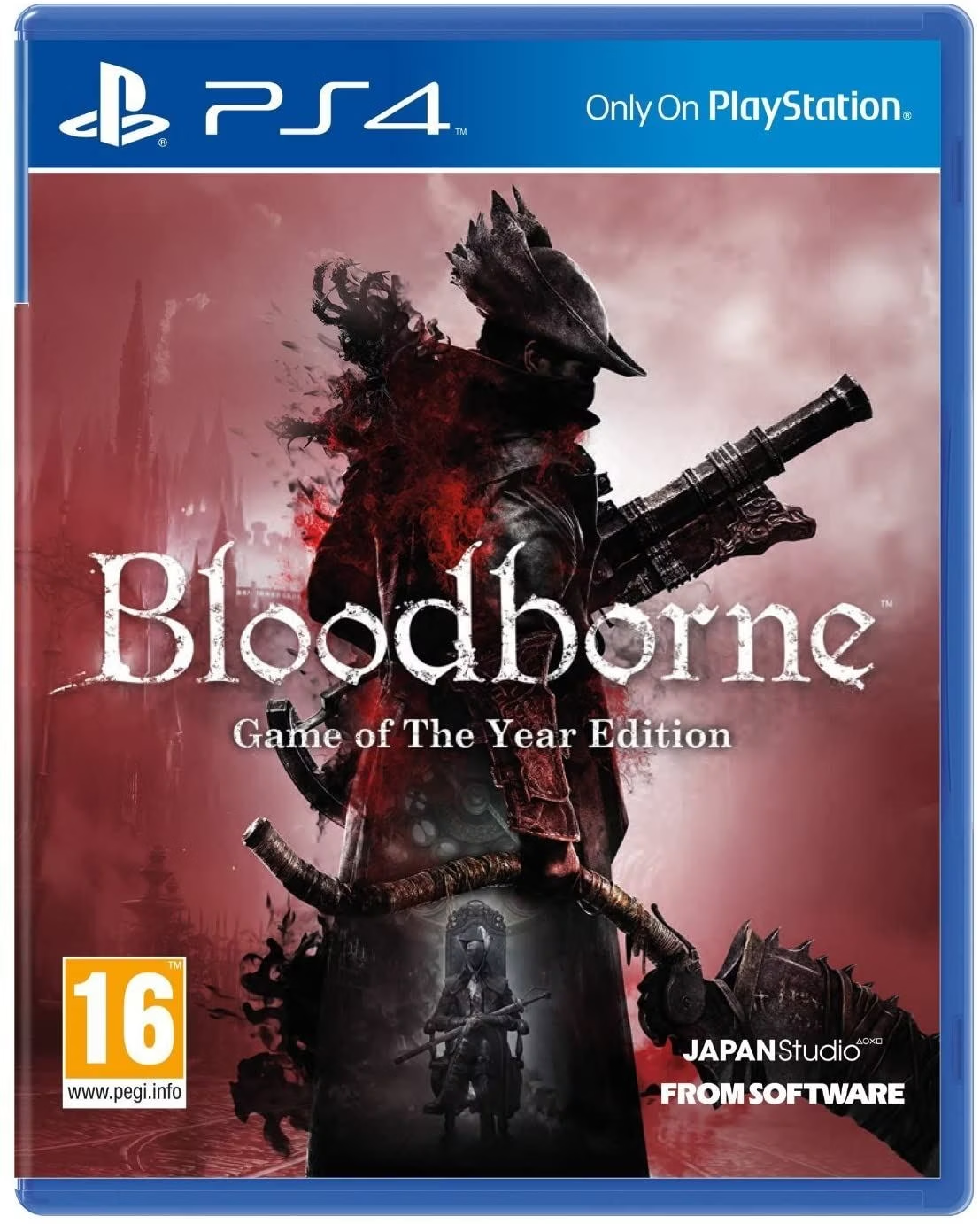 |
| The Game of the Year Edition includes The Old Hunters expansion Image by Bandai Namco EU |
Board games
CMON’s Bloodborne: The Board Game adapts the hunt into a cooperative, campaign-driven dungeon crawl for 1–4 players. It blends deck-building with tile-based exploration, earning a strong 7.7 rating on BoardGameGeek. At over 3/5 complexity, it’s chunky, but well regarded. But check out this 2025 review to see if could be your thing.
Further reading
Blood Echoes (Tune & Fairweather) is a gorgeous anthology of essays and interviews exploring the game. And if, like me, you’re new to cosmic horror, Lovecraft’s The Call of Cthulhu is a classic primer—and its tabletop RPG counterpart is firmly on my “to play” list.
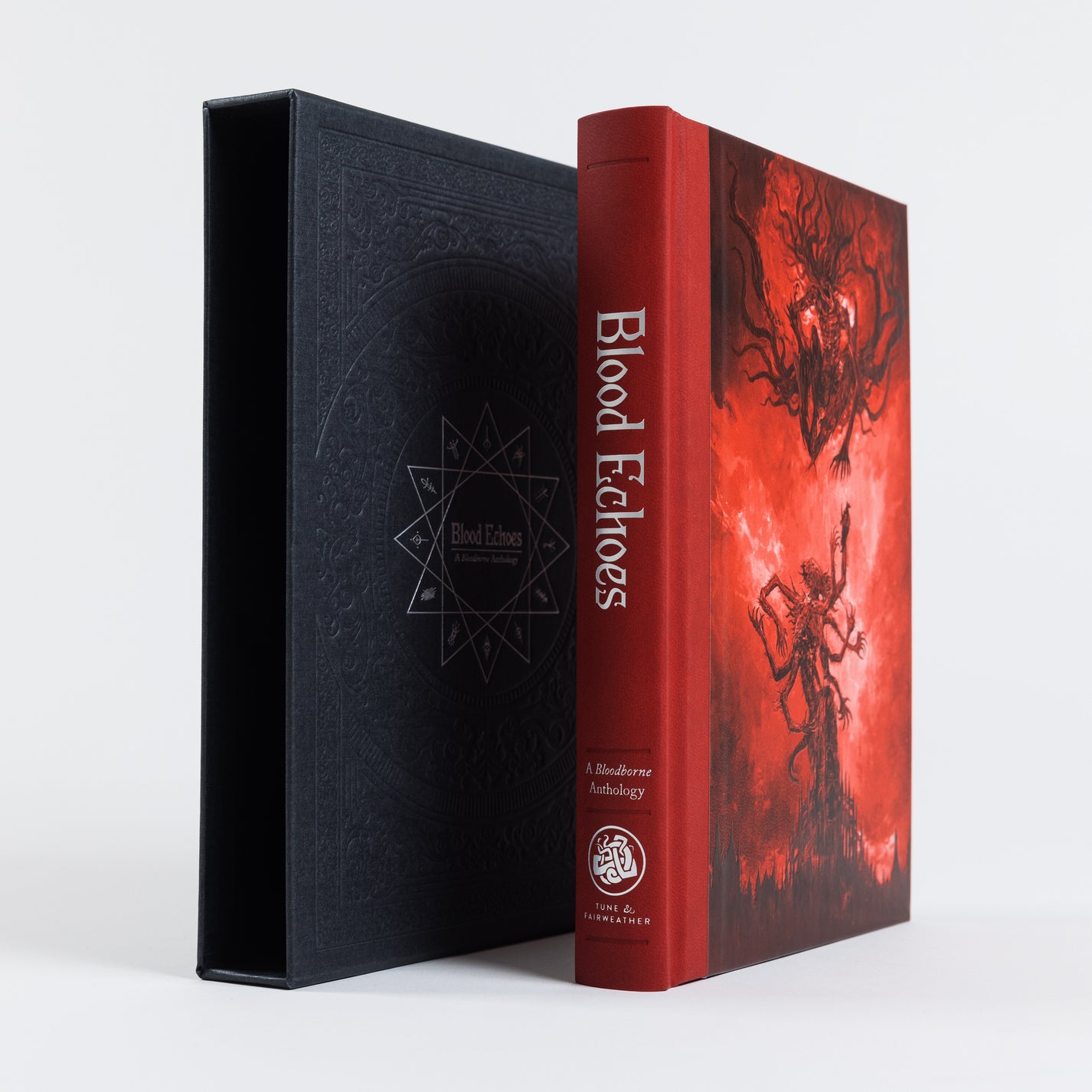 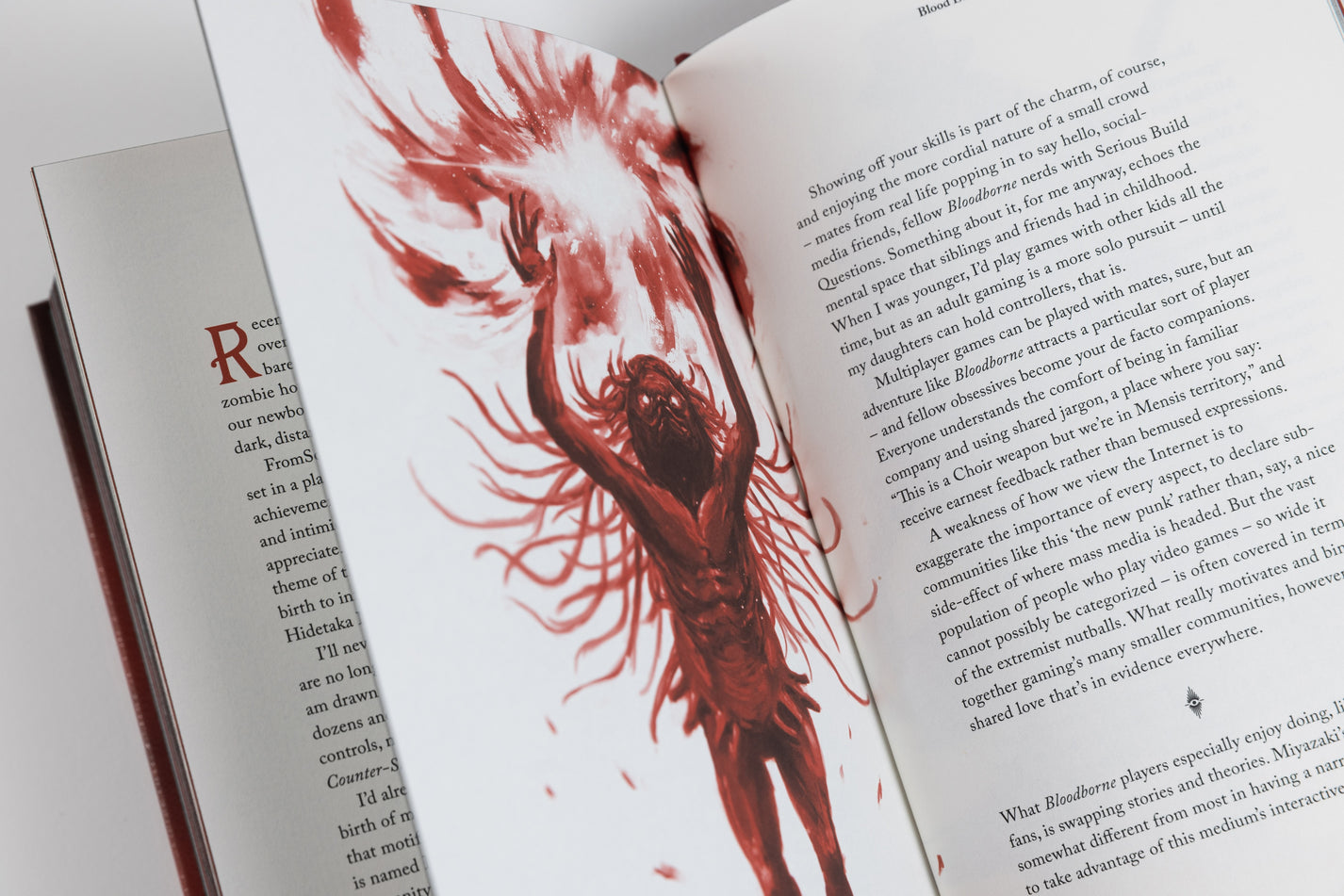 |
| Blood Echoes includes some illuminating articles and an out-of-print interview with the game director Images by Tune & Fairweather |
If Bloodborne was a twisted take on gothic horror, let's turn to a more classic flavour - the vampire who has haunted my imagination, and maybe yours too: Strahd, of Ravenloft.
Ravenloft
Domains of Dread
Step into the Mists, and you may never step out again. Ravenloft is Dungeons & Dragons’ great experiment with horror, a patchwork of cursed lands called the Domains of Dread. Each domain is shaped by, and inescapably bound to, its master: the Darklord. These tragic figures are both rulers and prisoners, caught in a cycle of torment by mysterious dark powers.
The most infamous of them all is Strahd von Zarovich — D&D’s very own Dracula — who first stalked the mists in the 1983 module Ravenloft. His realm of Barovia defined the gothic template: looming castles, terrified villagers, and a vampire lord whose hunger ensures the night is never safe.
But not every Domain is cast in the same mold. The Mists hold realms of body horror, like the stitched abominations of Lamordia; psychological terror, like the crumbling theaters of Dementlieu; and even dark fairy tale nightmares, such as the twisted forests of Tepest. Together they form a multiverse of horror, each flavor distinct but united by the same inescapable dread.
 |
| Barovia, Ravenloft's most well-known Domain of Dread, delivers on classic gothic horror tropes Image by Wizards of the Coast |
Why I love it
Ravenloft largely passed me by until I was planning a one-on-one campaign with a friend. I’d heard much about the Fifth Edition version of Curse of Strahd — a bleak sandbox where a vampire wizard lures the party to dinner in Castle Ravenloft. I was intrigued, bought the module, read it cover to cover, and was hooked. Two years later, the campaign is still running — neither player nor DM wanting it to end — its rich world and cast of characters generating storylines far beyond what’s written in the book.
Spoilers for Curse of Strahd
Barovia is a masterclass in moral ambiguity. Sure, it has vampires, werewolves, and all the gothic trappings, but few non-player characters are truly virtuous. There’s the despot who forces his town into hollow festivals to prove that “all will be well,” imprisoning anyone whose recitation is insincere. There’s the pious Abbott, who lives among mongrelfolk while creating a flesh golem bride for Strahd. And there are the Vistani, the only people able to cross the Mists freely — but whether they oppose Strahd, serve him, or simply profit from Barovia’s misery is never clear.
Spoilers end
How to traverse the mists
Role-playing games
Curse of Strahd (5E) remains the definitive experience, but Van Richten’s Guide to Ravenloft expands the palette with scores of Domains outlined and guidance for building your own. It’s my go-to for future campaigns.
 |
| The much beloved Fifth Edition update to a classic adventure - Curse of Strahd Image by Wizards of the Coast |
Board games
Castle Ravenloft (2010) offers a solid cooperative dungeon crawl. It’s fun, but don’t expect the oppressive atmosphere of the setting — this is mechanics first, mood second.
 |
| A fun dungeon crawl, but not the best way to get into the Ravenloft mood Image by Wizards of the Coast |
Video games
Strahd’s Possession (1994) and Stone Prophet (1995) are clunky today but atmospheric. The Neverwinter MMO’s Ravenloft expansion (2018) gives a modern spin with Barovia and Castle Ravenloft as an endgame dungeon.
Read & Listen
Heirs of Strahd reads like pulpy D&D action — enjoyable, but it softens the villain. I’ve heard that I, Strahd captures him far better, so it’s high on my list. For actual play, Chris Perkins’ Dice, Camera, Action is a fantastic way to experience the dread of Curse of Strahd firsthand.
What's next?
That’s my love letter to Dark Souls and a few favorite corners of dark fantasy — from gothic castles to cosmic dread. My backlog is full of more dark settings to explore, but the one I’ve got my eye on next is Grim Hollow. I backed the 2024 Fifth Edition revisions on Kickstarter, and the new books are rolling out now. I can’t wait to unleash those dark transformations on my players.
Got a favorite dark fantasy world of your own? Drop it in the comments — I’d love to hear which settings give you chills. And if you don’t want to miss the next article in this series, make sure to subscribe to the newsletter.
Next up: science fiction. Just don't expect shiny starships — I like my sci-fi dark, gritty, and just a little dangerous.
Sleeping with the lights on,
Dashmeister
 |
| My next dark fantasy crush Image by Ghostfire Gaming |
This blog is written by me, with a little help from AI editing for clarity and tone. All ideas, feelings, and memories are mine.
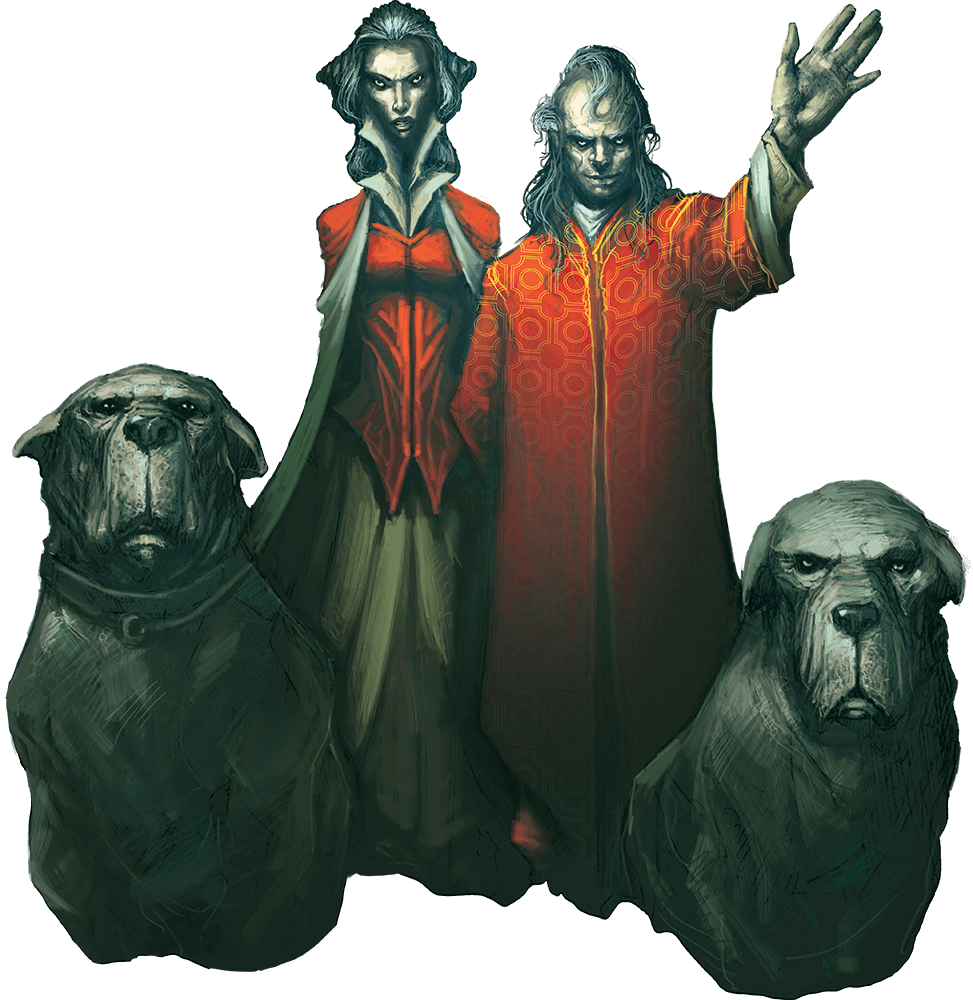
Comments
Post a Comment